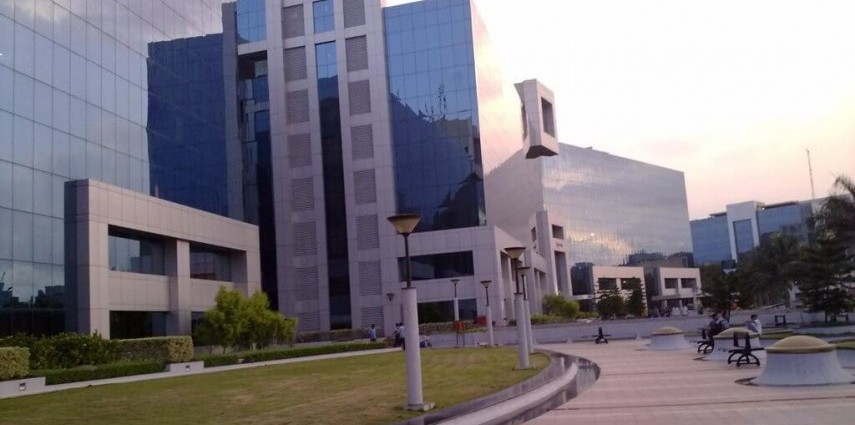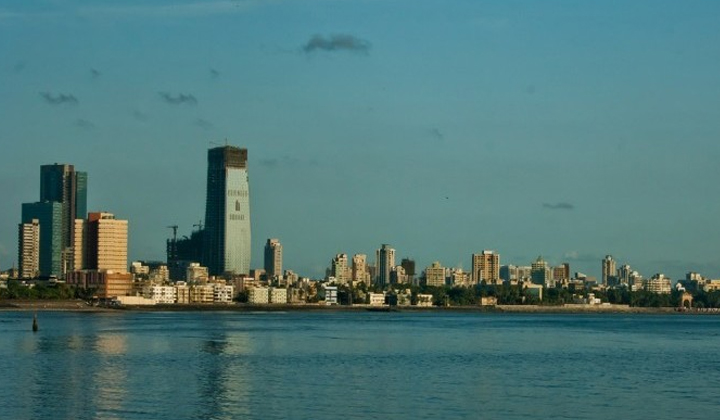Trending Now
- Action should be taken against the cops who protect the Ganja accused in TN : PMK leader Anbumani Ramdoss
- Votes that go to Congress or INDI alliance is a waste : PM Modi
- Court grants one-day custody to police to investigate Youtuber Savukku Shankar.
- We actually got our independence only in 2014. The independence to change this country as it should be : Actor , politician, Kangana Ranaut
Real Estate
Playing Office-Office: How Commercial Space Absorption Helps Cities Grow
![]() January 14, 2016
January 14, 2016
Shanu
In India’s top cities, office space absorption reached its peak in 2015, according to CBRE, a commercial real estate service company. About 38 million square feet of office space were absorbed in 2015, the highest so far in a year. Karnataka capital Bengaluru and the Delhi-National Capital Region witnessed the greatest demand, at 32 and 23 per cent of the total demand, respectively.
When office space absorption rises, what happens to cities?
An underrated fact is that a city’s development depends almost entirely on the vitality of its labour market. For a city to be productive, with high wages, the labour market should be large, diverse with greater connectivity among various tasks. When offices lease space in a city, greater residential development happens, too.
If cities do not recognise the fact that they are fundamentally labour markets, it is unlikely that they would implement policies that will build better transportation networks and open up more land for urban expansion. For example, in a land-constrained city like Hong Kong, when the rail length grew from 34 km to 218 km, the urban area grew from 60 sq km to 238 sq km. During this period, Hong Kong’s population growth was relatively modest, from 3.9 million to 7.1 million. Land-constrained cities with weak transportation networks like Mumbai can manage and raise the scale of office space absorption by recognising this important fact.
Typically, cities that have diverse employers like Mumbai grow larger than cities that are less diverse, like Bengaluru. In fact, both kinds of cities grow fast though cities with more diverse employees are more productive and tend to be larger. It is quite probable that office space absorption in Mumbai was lower than in Bengaluru, Delhi-NCR and Hyderabad, because Mumbai’s land use policy and transportation networks do not support greater expansion. In many large Indian cities, people spend one to three hours commuting because land use policy and transportation networks did not adapt to the growth of the labour market. Growth of the labour market and inward migration go hand in hand, except in cities to where a large number of retirees migrate.
When office space absorption rises in cities like Bengaluru and Delhi-NCR, it means that its labour markets are becoming larger, and possibly more diverse than ever. Of course, cities benefit from this for many different, but related reasons. When greater office space absorption happens in cities, more art galleries, shopping malls, movie theatres, restaurants, book stores and other avenues for consumption of culture are likely to emerge. These enterprises, again, need employees. In many cases, such enterprises need specialised labour.
Such tendencies reinforce one another in ways that do not easily meet the eye. For example, if information technology companies and media firms are in close proximity with one another, they would learn much, and would be able to hire specialised labour from the other industry. Former World Bank researcher Alain Bertaud rightly points out that spread sheets were initially used by financial analysts and accountants before it spread to other fields. This happened because of the proximity among firms. This raised the productivity of companies across industries.
It is such increased productivity that compels people to migrate to large cities like Mumbai, Bengaluru, Delhi and Kolkata, and more recently, to Noida and Gurgaon. A rise in office space consumption often leads to a rise in housing consumption, too, and vice versa. This is so, because employers tend to build offices where people can easily find housing. If employees would find it hard to get accommodation, or if they have to commute long hours to work, they are not likely to lease office space in that neighbourhood.
Similarly, if metro lines do not extend to a certain locality, employers may decide not to build offices there. In cities like Noida and Gurgaon, however, employers have found private substitutes, by providing shared taxis. This, however, comes at a greater cost per person. With a better regulatory framework, and if government were not the largest land holder in Indian cities, private metro lines would have emerged in these cities.
























